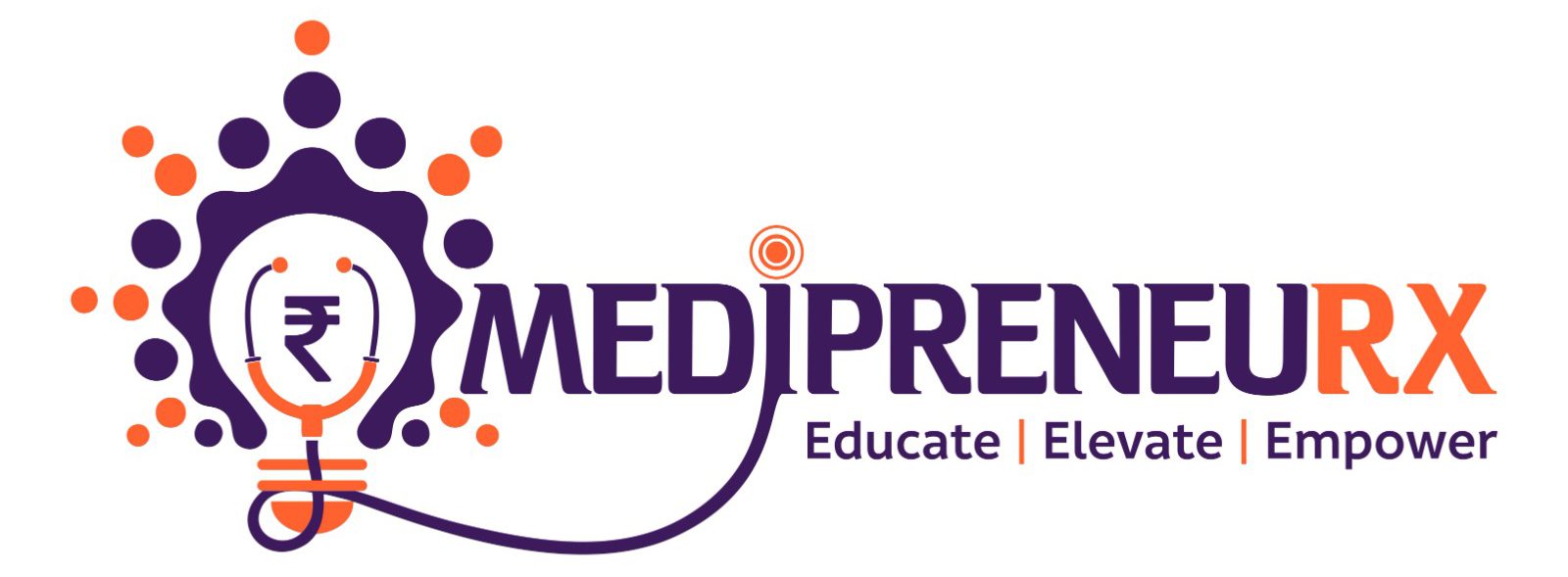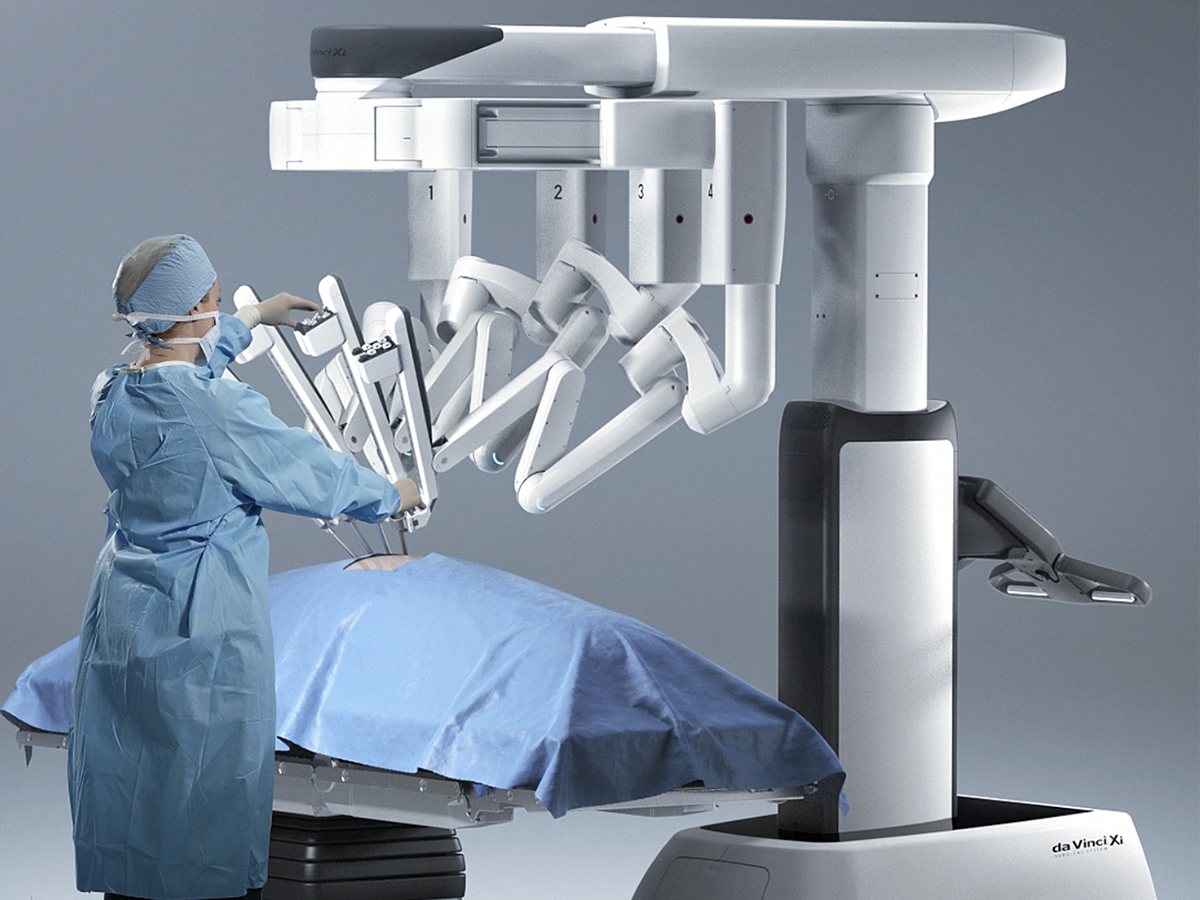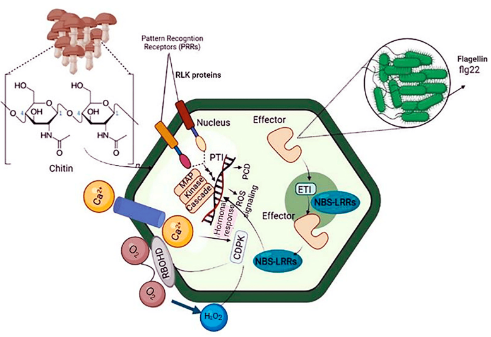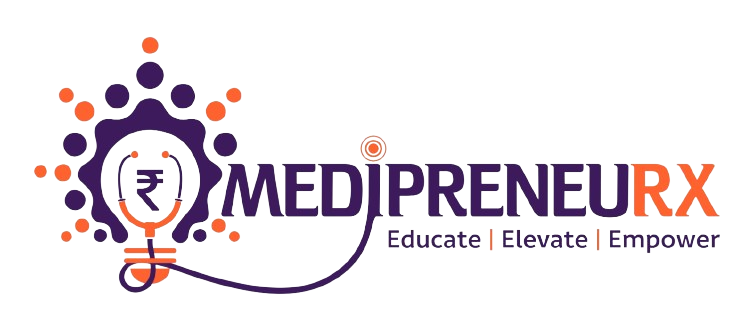In its pre-budget recommendations, AiMeD impels the government to address the high import bill, which exceeds Rs 63,200 crore. The potential expansion of the Indian medical device market from $12 billion to $50 billion by 2030 is highlighted in the August 2023 GTRI report.
By 2030, the Indian medical device industry is expected to grow from $3.4 billion to $18 billion, with a projected 35% reduction in reliance on imports. More than 1.5 million jobs could be created by this growth. The coordinator of AiMeD’s Forum, Rajiv Nath, highlights the role of the government in addressing issues related to manufacturing competitiveness in India. He calls for the elimination of duty exemptions on medical devices and supports nominal protection.
The industry demands a progressive increase in custom duties on essential components to maintain manufacturing viability and stop the erosion of competitiveness with countries that have free trade agreements (FTAs) and zero-duty rates. It is recommended to monitor the Maximum Retail Price (MRP) for imports rather than imposing low duties. If the MRP is found to be excessively high, the NPPA may decide to cap it. The CEO and co-founder of Dozee, Mudit Dandwate, highlights the significance of lessening reliance on imports in the medical device industry.
Dandwate highlights the possibility of growing domestic production by pointing to a rise in the number of hospitals, the penetration of healthcare in tier II and tier III cities, and the growing demand for high-quality healthcare. With the goal of achieving $1 trillion in exports by 2025, he advocates for broadening the PLI program’s scope in the Union Budget 2024–2025. Simplification of approval processes and establishment of a strong base can draw foreign investments and bolster domestic ‘Make in India’ endeavors.
The Medical Technology Association of India’s chairman, Pavan Choudary, emphasizes that developed MedTech manufacturing hubs like the US, Germany, and Japan, where import shares are approximately 40%, show that India’s reliance on imports of medical devices is not unique. Even in China, which holds a sizable portion of the world market, 70% of goods are imported. Choudary highlights the impracticality of having the diverse manufacturing ecosystem for all medical devices in one location, which would force specialization in particular markets.
The importance of policy interventions for the MedTech sector is emphasized by experts. These include raising awareness of local products through awareness campaigns, enhancing quality regulations to meet international standards, and providing incentives for exceeding international benchmarks. Experts argue that a flat 12% GST rate across the board for medical devices could help patients have better access to and affordability of high-quality healthcare services.
Experts emphasize the need for more comprehensive policy initiatives, like extending the reach of Production Linked Incentive (PLI) programs and expediting approval processes. Industry leaders predict that the Indian MedTech sector will grow significantly over the next five to ten years, with a sustained annual growth rate of 13–15%, with increased government support. An exponential expansion, perhaps four or five times the current size, could result from this growth. The challenges that need to be addressed are numerous and include difficulties with technology transfer, a lack of skilled labor, and restricted access to capital.
Government-funded initiatives, venture capital funding, industry alliances, specialized training, and cooperative frameworks between businesses and academic institutions are some ideas for resolving issues facing the Indian MedTech sector. Translumnia Medical Devices’ Gurmeet Singh Chugh highlights the necessity of a strong Indian ecosystem in order to avoid local businesses having to send costly equipment for testing overseas.








